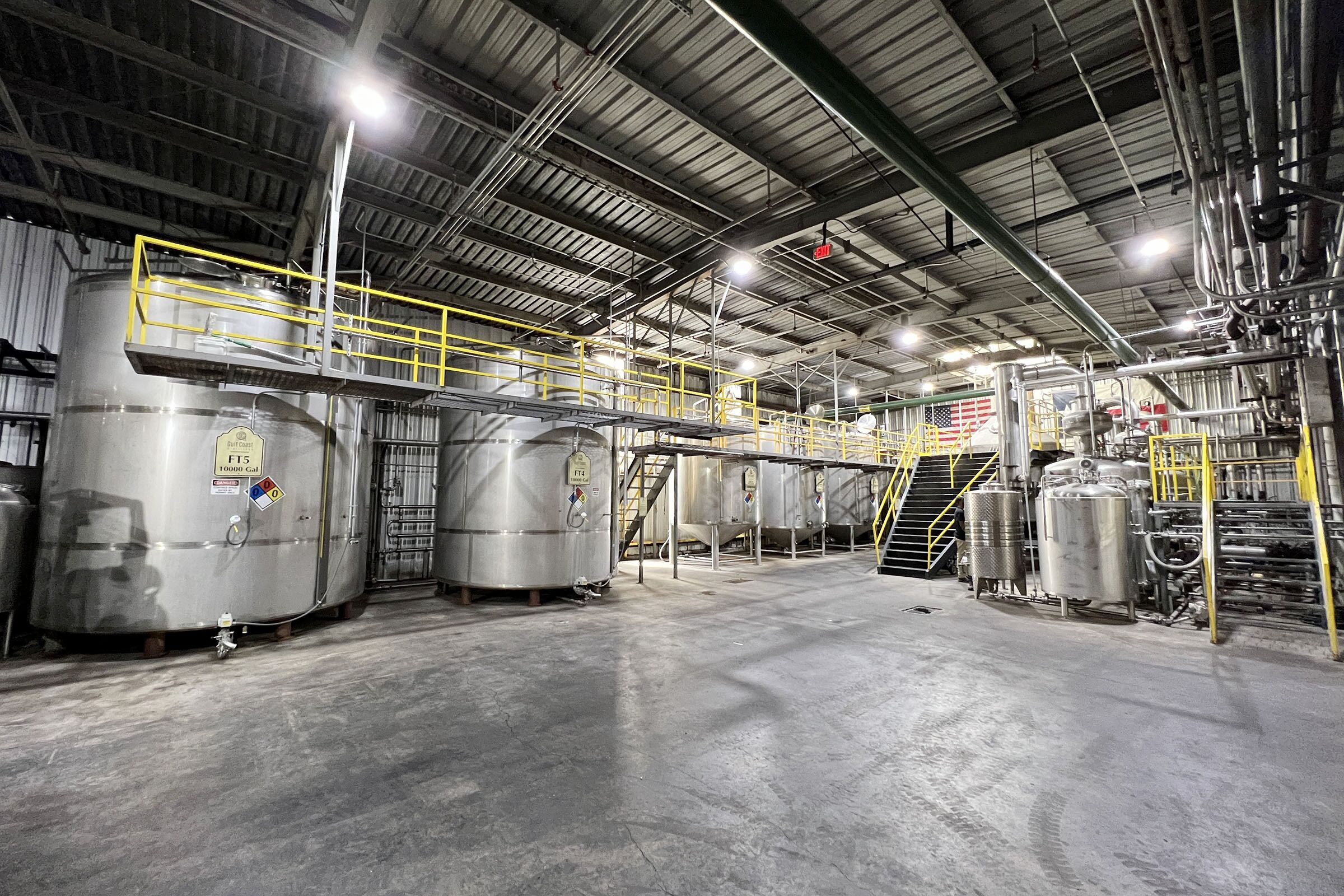Giant Texas Distillers Bourbon Heritage Month – Mashing and Fermentation
Last week we learned about the grains that go into our 100% grain-to-glass, Texas Bourbon, and the milling to the grist! Now we move to the next steps, the mashing and fermentation of our award-winning bourbons.
Once our Texas grains are milled to the grist, we mix them with water to promote enzyme activity with the starches. This mixing transforms the starches into fermentable sugars. This stage is known as mashing. We use a large vessel called a mash tun to create agitation for mixing the mash. During the process, the grain’s starches dissolve in the water, making it easier for enzymes to convert them into fermentable sugars.
We add the grain at different temperatures in order to reach the gelatinization stage of each grain. At the appropriate temperatures, enzymes have the easiest job breaking down the starches into sugars.
After the mashing process is complete, the mash is moved to stainless steel tanks, where we introduce yeast to the process. The yeast eats and converts the sugars from the mash, which creates two byproducts. The first is carbon dioxide and the other is alcohol, or more specifically ethyl alcohol.
The fermentation process takes about 5-6 days and the temperature of our fermentation tanks are kept between 75°F-95°F to make sure the yeast stays alive and working. Once fermentation has concluded, the alcohol is pumped to stills for the next step of the production process, distillation.










